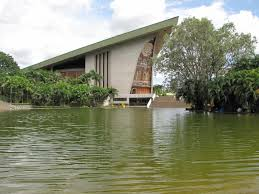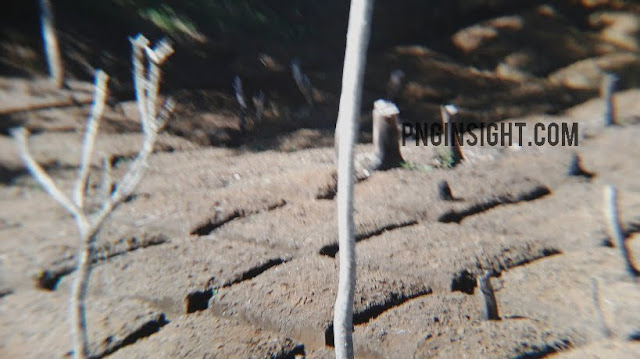Here is the list of the PNG (Papua New Guinea) ministers according to their ministries, in ascending order, with the Prime Minister and Deputy Prime Minister at the top. (Updated, July 2023)
- 1. James Marape - Prime Minister and Minister for Planning
- 2. John Rosso - Deputy Prime Minister and Minister for Lands Physical Planning and Urbanisation
- 3. William Duma - Minister for State Enterprises
- 4. Ian Ling Stuckey - Minister for Treasury
- 5. Soroi Eoe - Minister for Provincial and Local Level Government Affairs
- 6. Rainbo Paita - Minister for Finance and Implementation
- 7. Richard Maru - Minister for International Trade and Investment
- 8. James Marape - acting Minister for Foreign Affairs
- 9. Don Polye - Minister for Higher Education, Research, Science, and Technology and Sports
- 10. Solan Mirisim - Minister for Works and Highway
- 11. Pila Niningi - Minister for Justice and Attorney-General
- 12. Walter Schnaubelt - Minister for Transport and Civil Aviation
- 13. Kerenga Kua - Minister for Petroleum and Energy
- 14. Jimmy Uguro - Minister for Education
- 15. Joe Sungi - Minister for Public Service
- 16. Salio Waipo - Minister for Forestry
- 17. Henry Amuli - Minister for Commerce and Industry
- 18. Peter Tsiamalili Jnr - Minister for Internal Security (Police and CIS merged)
- 19. Dr Lino Tom - Minister for Health
- 20. Kobby Bomoreo - Minister for Housing
- 21. Jason Peter - Minister for Community Development, Religion, and Youth
- 22. Timothy Masiu - Minister for Information and Communication Technology
- 23. Jelta Wong - Minister for Fisheries and Marine Resource
- 24. Win Daki - Minister for Defence
- 25. Esi Henry Leonard - Minister for Tourism, Arts, and Culture
- 26. Aiye Tambua - Minister for Agriculture
- 27. Sekie Agisa - Minister for Livestock
- 28. Francis Maneke - Minister for Oil Palm
- 29. Joe Kuli - Minister for Coffee
- 30. John Rosso - acting Minister for Immigration and Citizenship
- 31. Ano Pala - Minister for Mining
- 32. Simon Kilepa - Minister for Environment, Conservation, and Climate Change
- 33. Manasseh Makiba - Minister for Bougainville Affairs
- 34. Minister for Labour and Employment - Kessy Sawang
Please note that this list is based on the information provided and the current date of July 2024. Ministerial appointments and changes may have occurred after this update.
Please leave a message below if you know of any recent changes.
TO DOWNLOAD THE 2024 PNG MINISTERS PORTFOLIO LIST, CLICK HERE, PDF.
Latest Changes 2024 July update
John Rosso - acting Minister for Immigration and Citizenship: Papua New Guinea's Deputy Prime Minister, John Rosso, has taken on the role of Minister for Immigration and Citizenship following the suspension of Madang MP Bryan Kramer.
Kramer was found guilty of seven out of 12 misconduct allegations, including social media publications that scandalized the judiciary and accused former Prime Minister Peter O'Neill of filing a fake warrant of arrest.
James Marape - acting Minister for Foreign Affairs: Papua New Guinea's Prime Minister, James Marape, has assumed the role of acting Foreign Affairs Minister following the resignation of Justin Tkatchenko.
Tkatchenko stepped down amidst widespread backlash over comments he made defending a video posted by his daughter on TikTok. The comments deemed racist and insulting, referred to critics as "primitive animals." The situation led to protests in PNG and calls for Tkatchenko's resignation.




